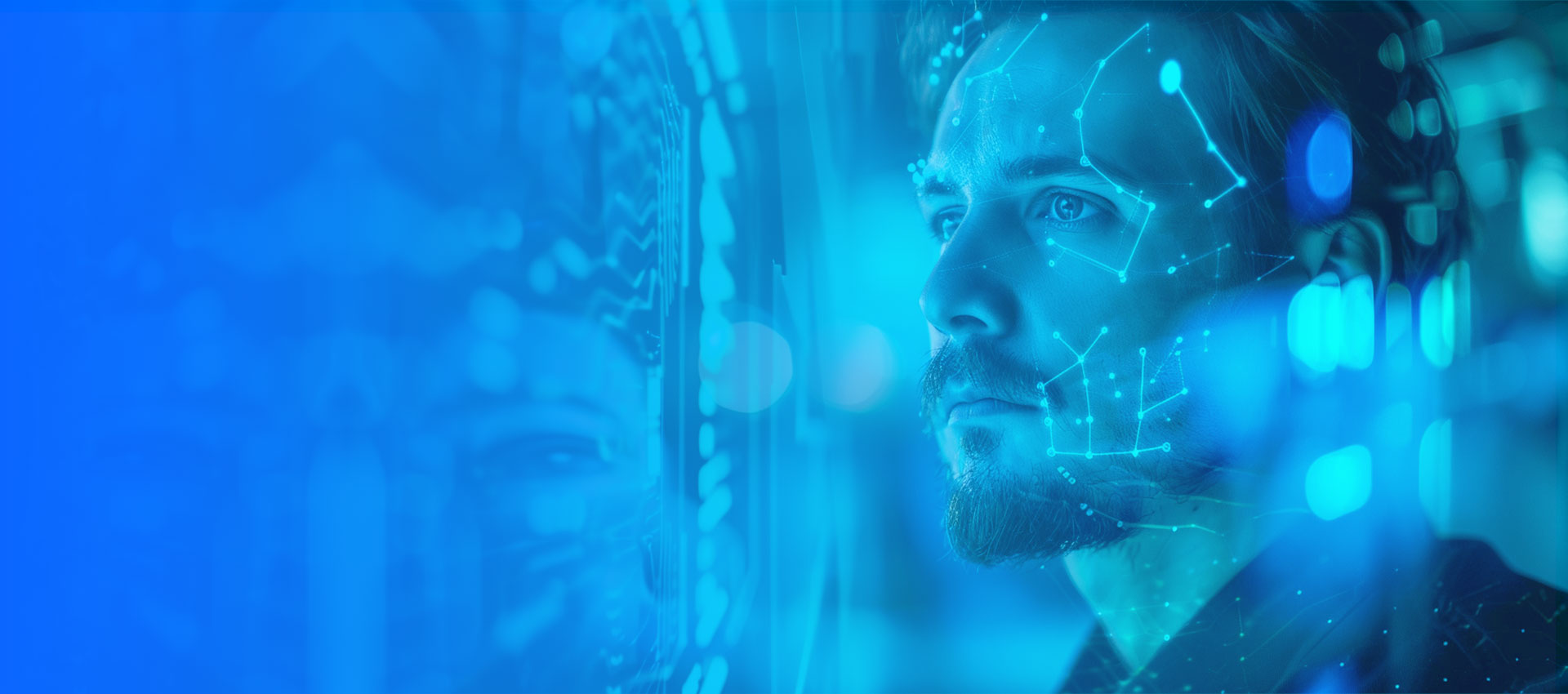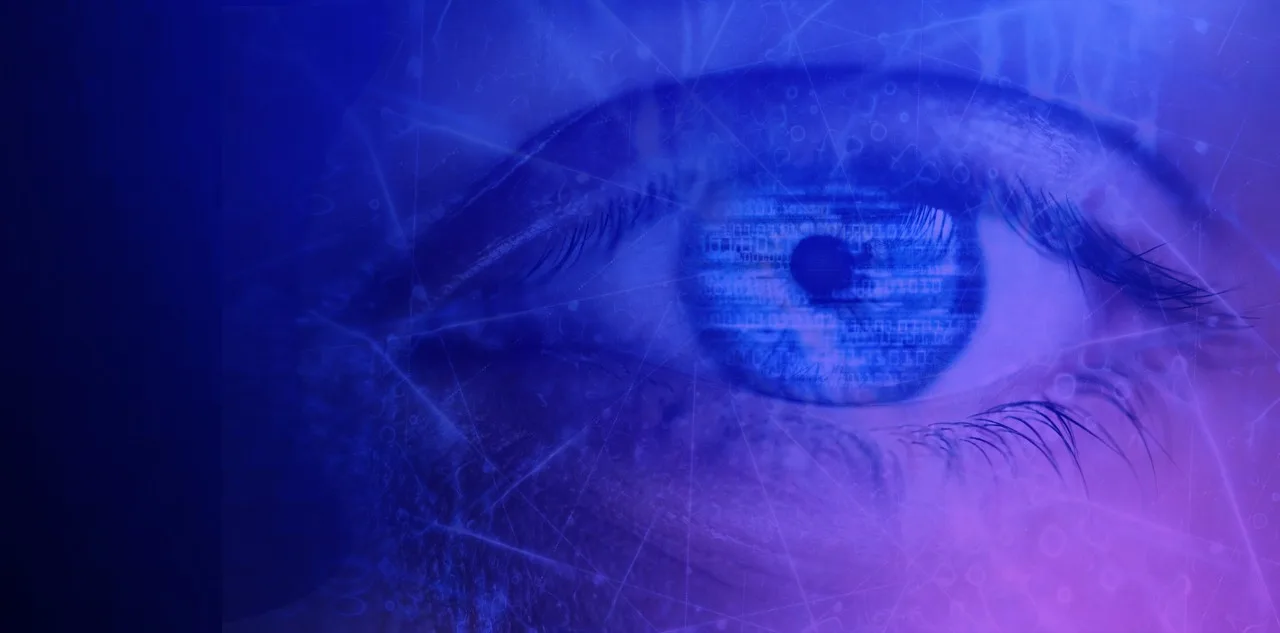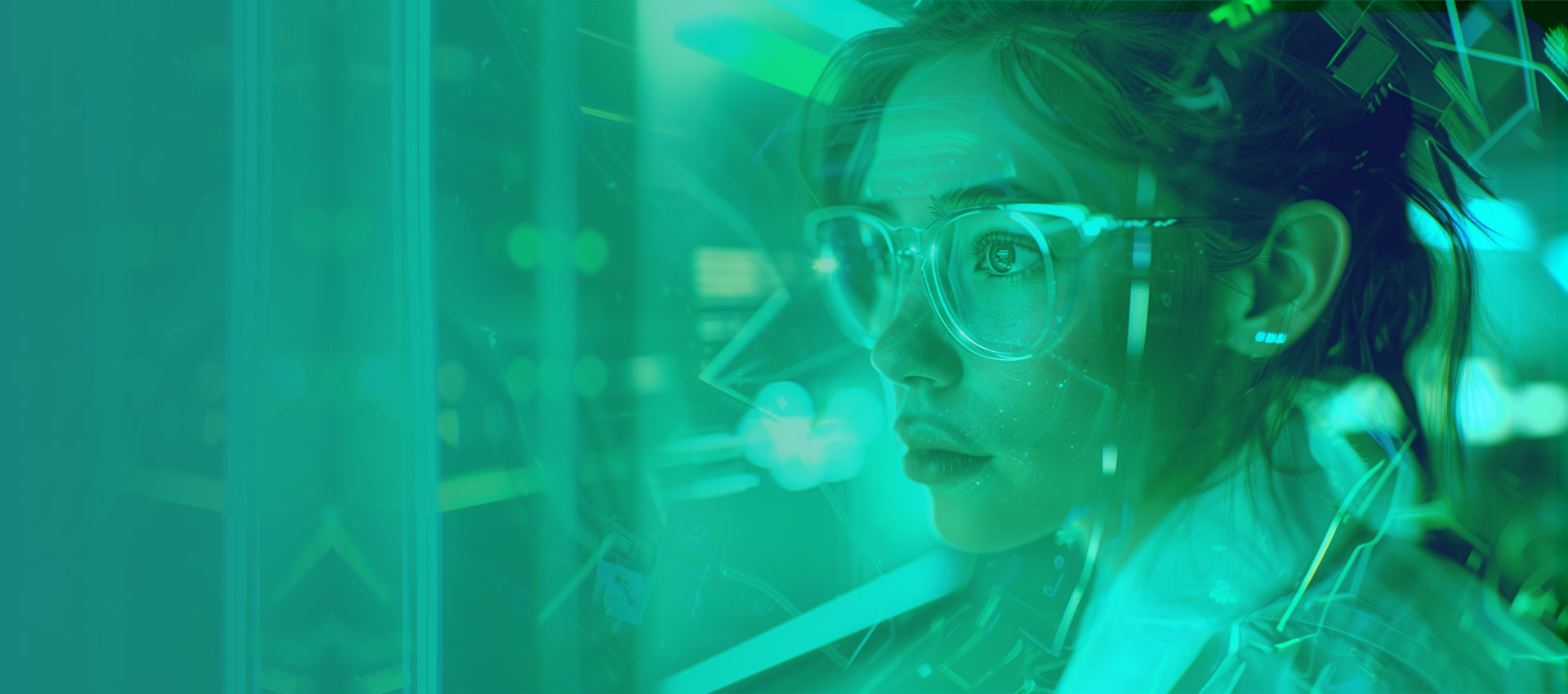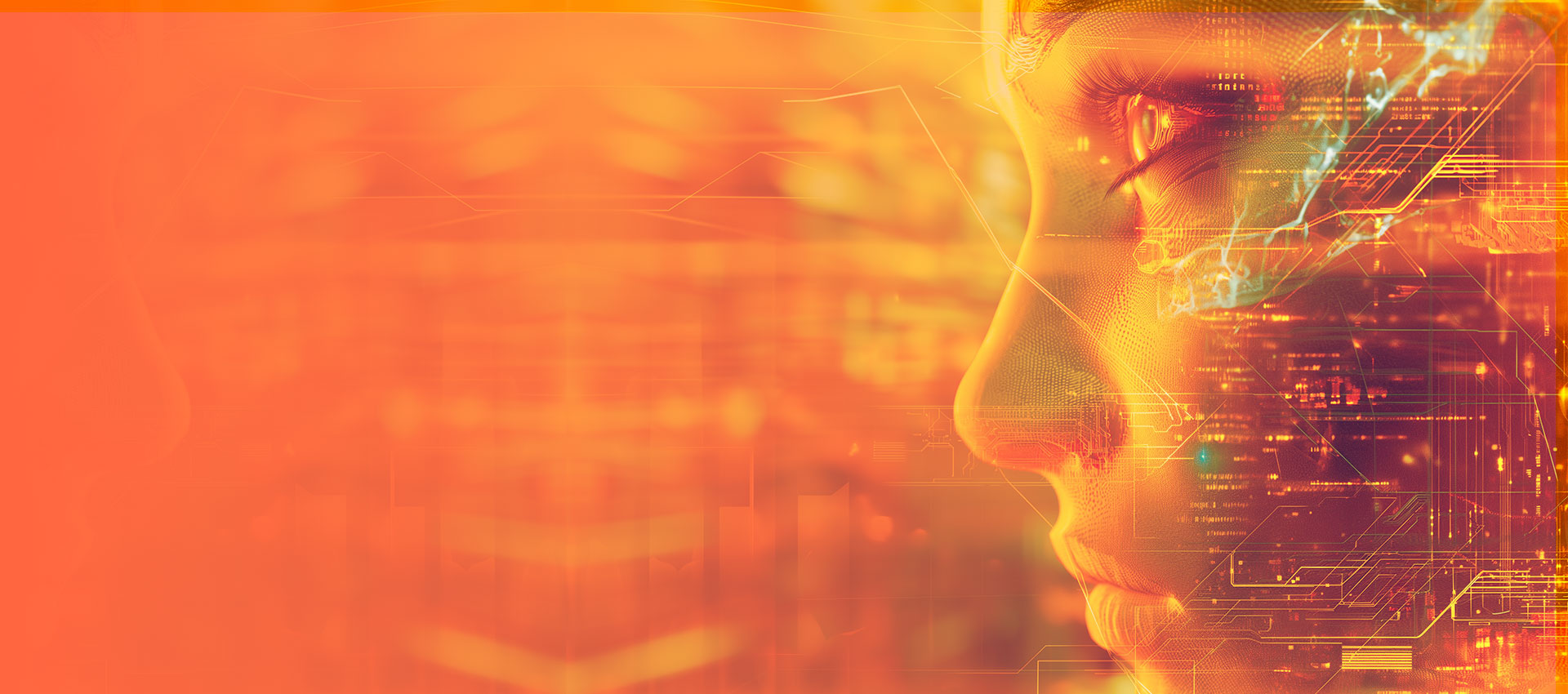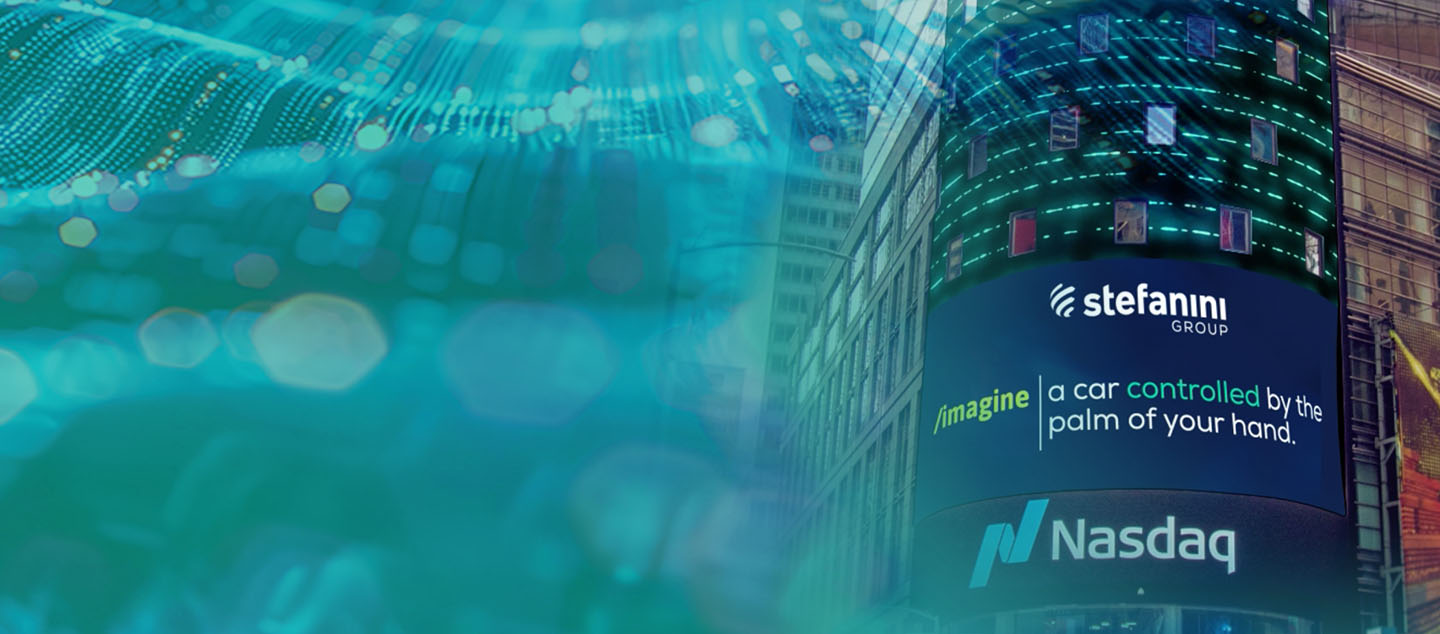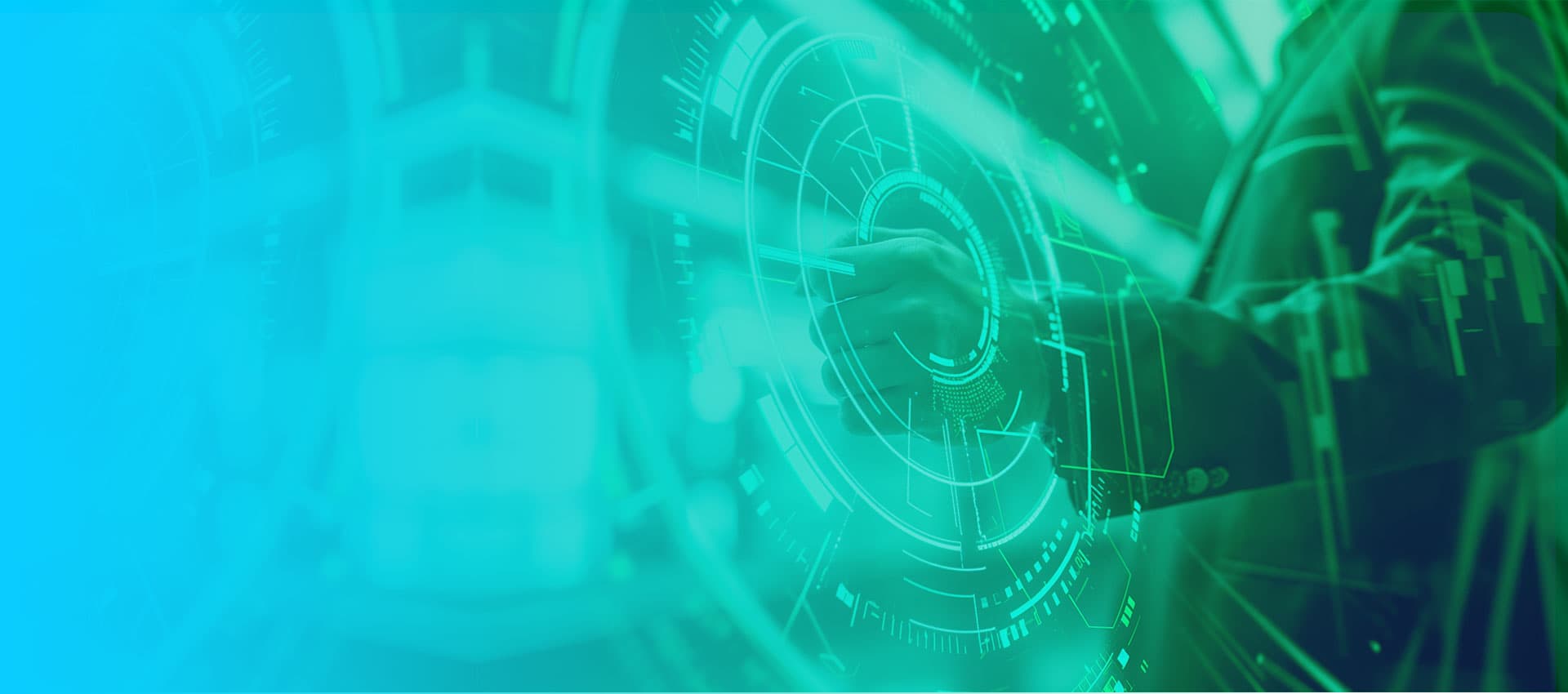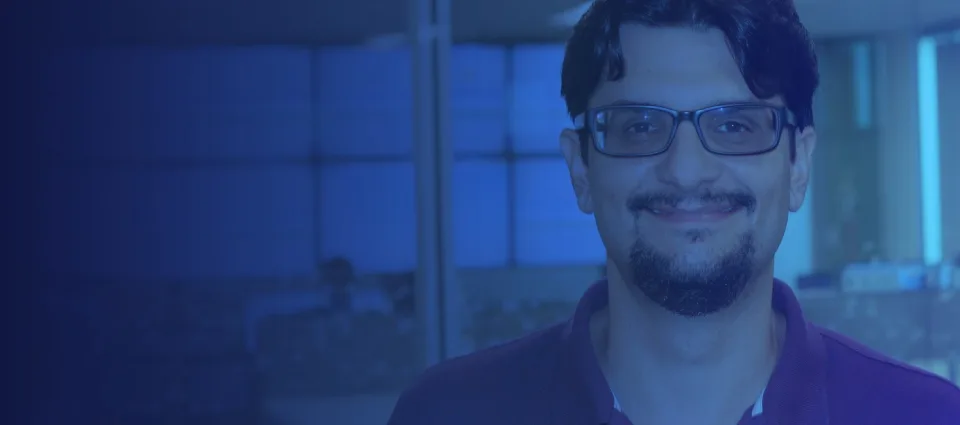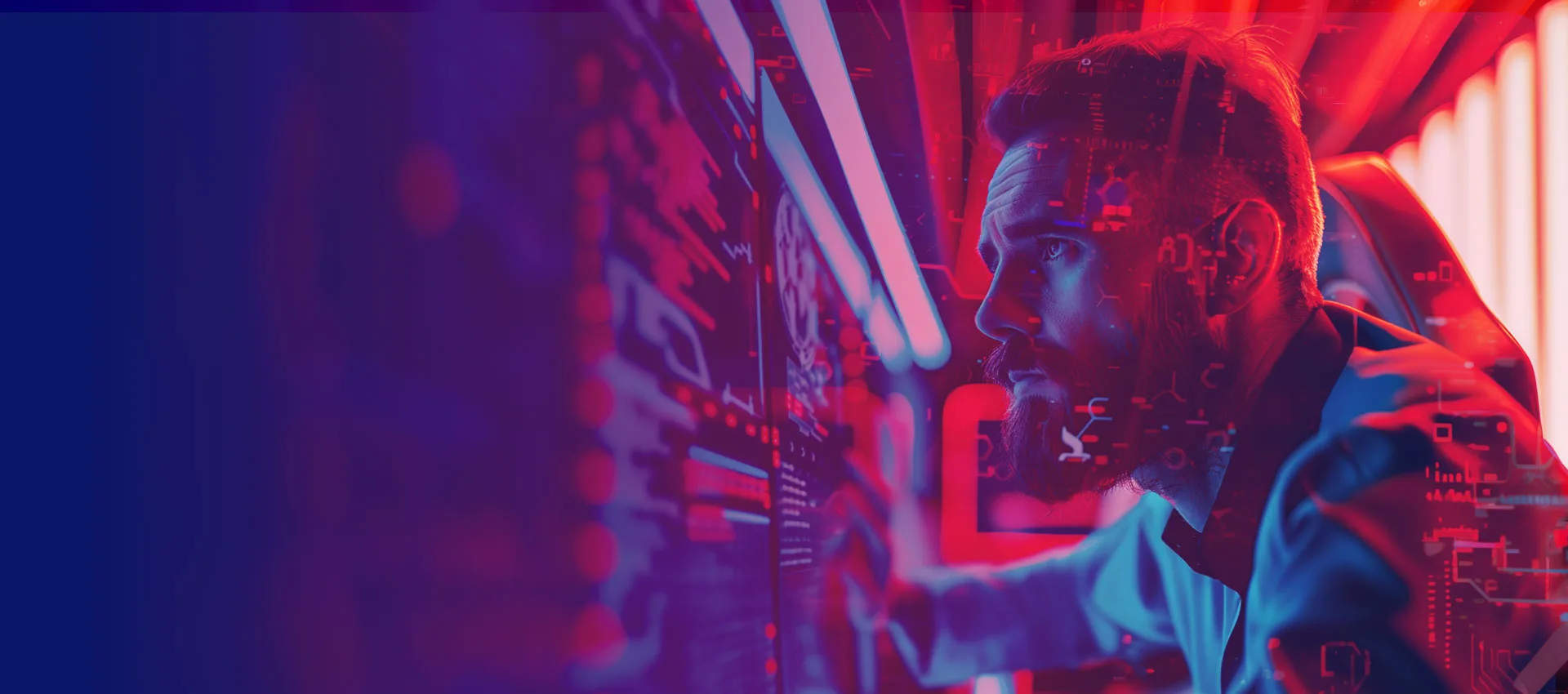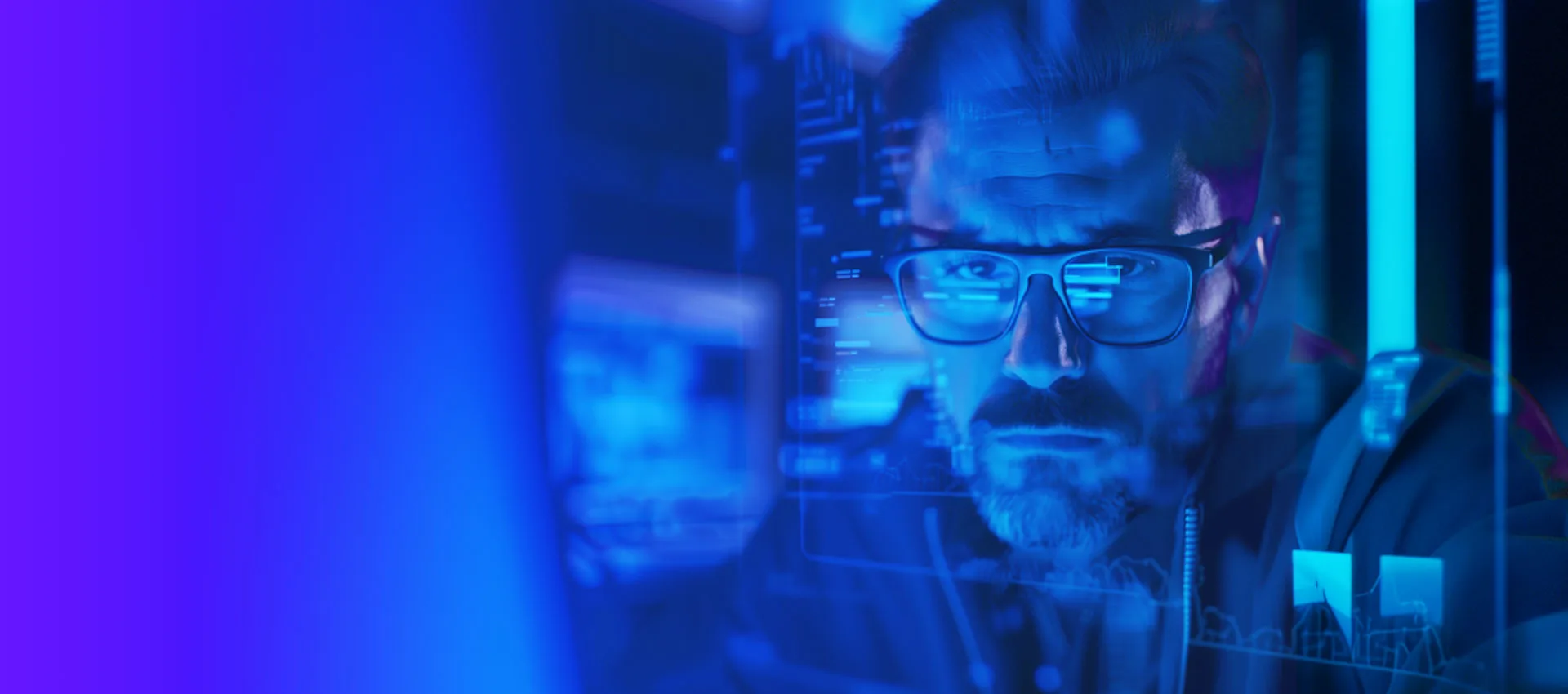Have you ever been afraid that robots will take over the world? If so, you are not alone.
Most people first encounter artificial intelligence (AI) through apocalyptic depictions in science fiction, something AI expert Stuart Russell once joked about, referencing his “formal agreement with journalists that I won’t talk to them unless they agree not to put a Terminator robot in the article.”
In the mainstream media, board meetings, and across organizations, the AI boom has spawned a slew of unrealistic expectations. Some people are concerned about an “all-powerful” AI taking over the planet, while others believe AI is just a fad. The truth is halfway between the two extremes.
While AI can beat humans at complicated activities like chess and video games, at the end of the day, it still cannot imitate natural human behaviors like making small chat about the weather.
Let’s take a look at what is possible – and what is not – with artificial intelligence and the future of work.
What is AIOps and how is it transforming IT? Get the ultimate guide here!
Common Myths about AI
According to PwC, AI may provide $15.7 trillion to the global economy by 2030. The Harvard Business Review also estimates that subsets like machine learning might bring $2.6 trillion in marketing and sales. Implementation of AI, on the other hand, is not a guarantee of efficiency.
People with unrealistic AI aspirations fall into one of two categories:
1. People with no technical experience in AI who are influenced by science fiction films and believe in the AI apocalypse.
2. People who have little or no experience with AI and believe AI can do all of the heavy lifting.
Here are some common misconceptions people have about the current state of artificial intelligence:
· AI will take away jobs and replace human workers – Fears of mass unemployment have traditionally accompanied technological advances. Emerging technologies, on the other hand, have enhanced productivity, created new employment and sectors, and in the long run, raised living standards. Currently, AI systems excel at specific activities, whereas vocations are made up of a variety of interconnected tasks. Occupations will likely move as a result of AI, as it has in the past with transformational technologies, but AI is also increasing worker productivity and creating new sorts of jobs.
Shifting jobs poses a larger danger of increasing economic disparity and posing difficulties for employees whose jobs are outsourced or require new skills. No single institution can fix this problem; therefore, we need to collaborate on policies and programs that prepare individuals for new occupations while also allowing for stable careers in an ever-changing environment.
· AI is getting close to human intelligence – While AI systems are approaching or surpassing human performance in more complex tasks such as composing musical melodies, they are still narrow and brittle, lacking true agency or creativity. It is not that AI has chosen to compose a tune or that it comprehends that sounds produce music. Rather, researchers have created software that can recognize melodic patterns and project similar patterns based on their input.
Artificial intelligence algorithms that generate melodies are currently unable to produce genuine speech, much alone paint a picture or play chess. Transfer learning techniques are moving us closer to AI systems that can apply what they have learned to a variety of challenges, but robots that have cognitive architectures similar to intelligence systems are still a long way off.
· AI, ML, and deep learning are the same thing – AI is a useful and recognizable phrase, there is no universally accepted technical definition for it. One useful metaphor for AI is “the science of making things smart.” Machine learning (ML), a subset of AI in which computers learn and detect patterns from examples rather than being programmed with explicit rules, is responsible for much of the recent advances in AI.
There are a variety of machine learning techniques, including things like deep learning, which is one of the most prominent right now. Deep learning is based on neural network technology, which is an algorithm whose architecture is inspired by the human brain and can learn to detect very complicated patterns like what “hugs” are or how a “party” looks.
· AI is a black box – AIOps was first thought to be a “black box,” or a mystery system that created output without explaining what the underlying algorithm did or why. However, as these solutions evolve, more “white box” options that are gaining trust and adoption are emerging. While some systems are opaque, software vendors and AI systems are rapidly offering more information about why they did what they did. The tough part is providing adequate openness while avoiding overwhelming the user and gaining their confidence and comprehension.
· AI is completely objective – Human specialists provide data, rules, and other types of input to all AI technologies. Because all humans are biased in one way or another, AI is no different. Systems that are often retrained — for example, by incorporating new data from social media — are more susceptible to undesirable bias or malicious impacts.
Companies are already taking action on this front; for instance, in 2020, IBM, Amazon, and Microsoft announced they were stepping back from facial recognition software development amid concerns that it reinforces racial and gender bias. According to Gartner, it is critical to ensure diversity in AI teams and have team members critique each other’s work. This system of checks and balances can greatly reduce selection and confirmation bias.
Are you automating these business processes? Click here to get the list!
Predictions about Future AI Capabilities
According to a recent survey from Oxford University’s Future of Humanity Institute, AI researchers have high hopes about the future capabilities of AI. Predictions included:
- Machines will be capable of writing high school essays by 2026
- Self-driving trucks will be obsolete by 2027
- AI will outperform humans in the retail sector by 2031
- AI will be writing New York Times bestsellers by 2049
- AI might be able to perform surgery by 2053
Most shocking of all? By 2137, all human jobs will be automated.
Still, we’re a long way off from that reality.
4 Ways AI Will Affect the Future of Work
Most of the AI systems deployed today fall into the category of narrow AI, which tends to be task-oriented.
Future AI solutions will fall into the category of strong AI (the ability for AI to learn any task a person can perform). Some applications include:
1. Intelligence and programming – Machine learning, deep learning, and artificial neural networks are all examples of approaches to programming AI. Programming, however, is not the same as intellect; it’s just one element of the equation. Programming advances have resulted in better and broader uses of weak AI.
Strong AI, on the other hand, has been slower to develop, but once it is in place, the effect it will have will be enormous. Think back to the Industrial Revolution – building the first machines was difficult. However, once this technology was widespread and more accessible, innovations and new inventions multiplied. Similarly, as strong AI continues to advance, there will be no difference between human and machine intelligence.
2. Better data control – Transferring the heavy lifting of data preparation to smart machines can significantly speed up data integration, harmonization, and enrichment, allowing for quick access to unified insight. This enables more collaboration and shared oversight amongst teams, helping firms produce value faster in addition to saving manpower.
3. Augmented analytics – Algorithms can analyze incoming data in real time for hidden irregularities and trends that people might miss. Instead of sifting through data manually, this allows businesses to be more responsive to continuously changing market conditions and trends.
4. Rethinking the idea of work – Some experts predict that advancing AI will force humans to rethink the idea of traditional work – and what needs to change. In the near future, AI could very well be trained to take over routine physical and mental labor, giving humans the freedom to work less and engage in more exploration, volunteering, self-improvement, or anything else they desire. Of course, this approach would require a complete restructuring of economic systems to ensure that economic gains that come from AI-enabled automation are fairly distributed in society.
Unlock the current state of AI. Click here to learn how!
Rethink the Future of AI with Stefanini
Stefanini has been developing AI solutions for more than 20 years with our SAI suite. With capabilities in intelligent automation, machine learning, and more, we have the right tools and people in place to help you meet your AI-enhanced L&D goals.
Ready to consult with a Stefanini expert? We have you covered. Contact us to connect with a partner that can guide you through your next AI project!
